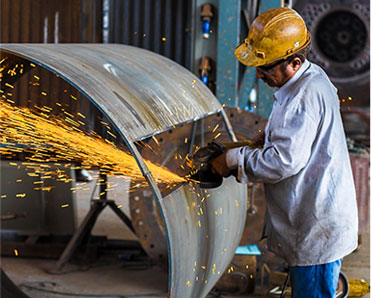
Civil engineering is a broad discipline that involves planning, designing, building, and maintaining infrastructure such as roads, bridges, dams, airports, water supply, and sewage systems. Civil engineers ensure that these essential public works are safe, functional, sustainable, and cost-effective over their lifespan. They consider numerous factors including environmental impact, materials, and regulatory requirements to deliver projects that serve communities effectively.
Structural engineering is a specialized branch within civil engineering dedicated to the design and analysis of structures that support or resist loads. Structural engineers focus on the “bones and joints” of buildings, bridges, towers, and other constructions, ensuring that these structures are stable, strong, and capable of withstanding forces such as weight, wind, earthquakes, and other stresses. They use applied physics, materials science, and advanced modeling techniques to predict performance and create safe, durable structural systems.
Together, civil and structural engineering play a vital role in shaping safe, resilient, and sustainable infrastructure that supports modern society.
Geemeg provides access to highly skilled Civil and Structural engineers who deliver precise, high-quality engineering materials and solutions, ensuring reliable and durable outcomes for projects.

Benefits of Choosing Us
What is the difference between civil engineering and structural engineering?
Civil engineering is a broad field involving infrastructure development like roads and water systems, while structural engineering is a specialized branch focused on designing and analyzing structures to ensure they can safely carry loads.
What is a beam, and how does it differ from a column?
A beam is a horizontal structural member that resists bending forces, whereas a column is a vertical member primarily resisting compressive forces.
What factors influence foundation design?
Foundation design depends on soil bearing capacity, type of structure, load distribution, water table levels, and environmental conditions to ensure stability and avoid settlement.
What types of loads must structures withstand?
Structures must endure various loads including dead loads (weight of the structure itself), live loads (people, furniture), wind loads, seismic (earthquake) loads, and impact loads.

